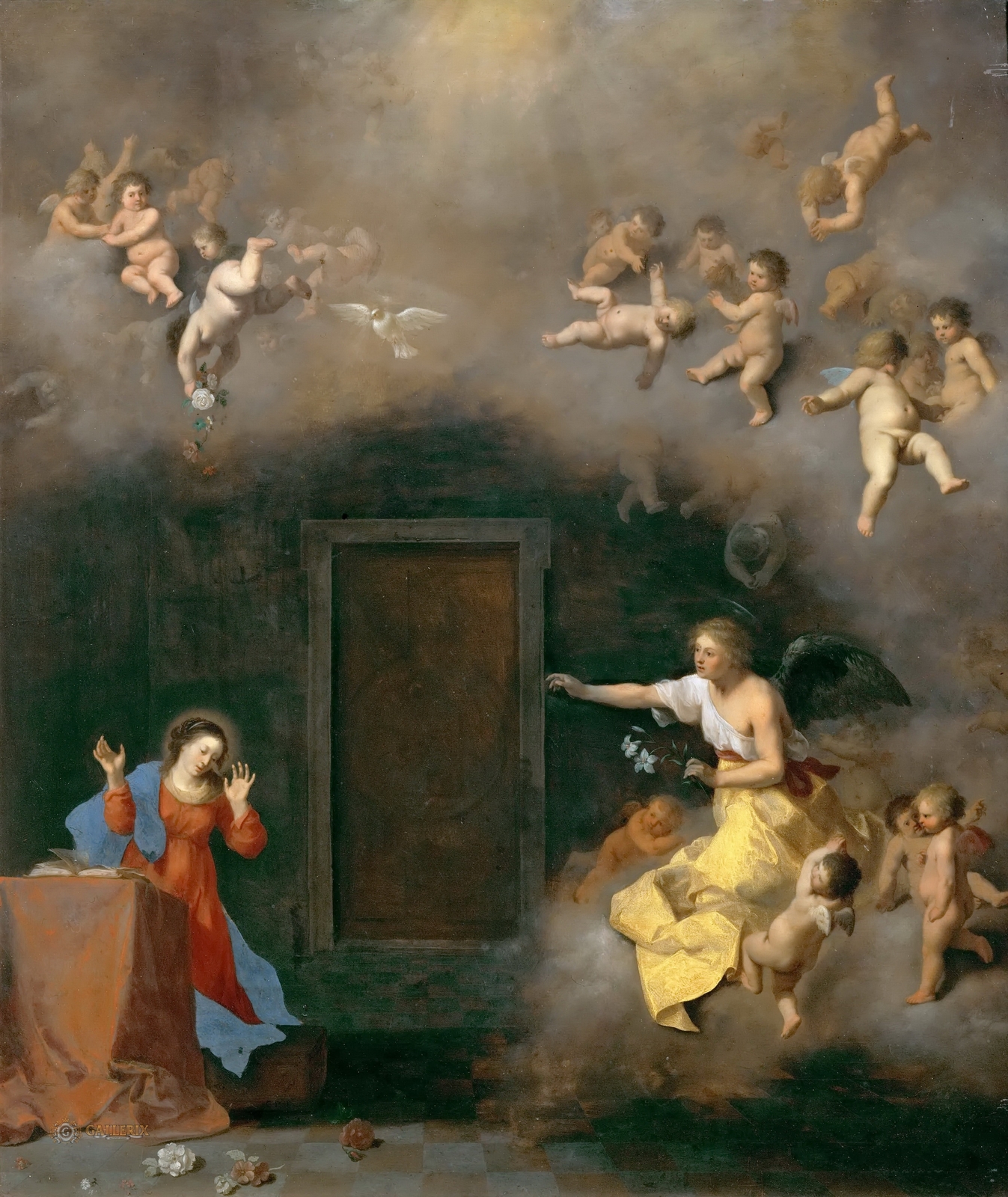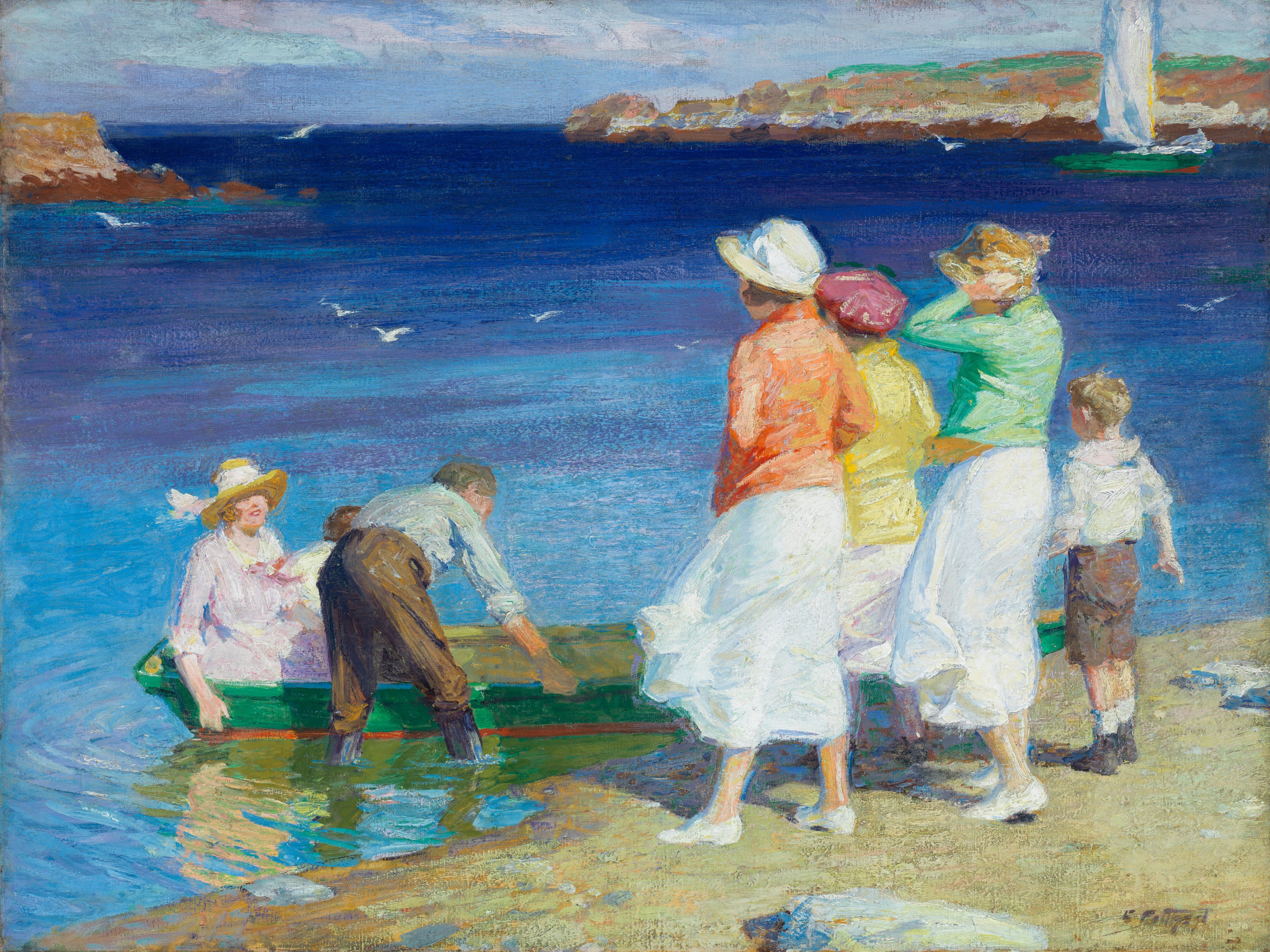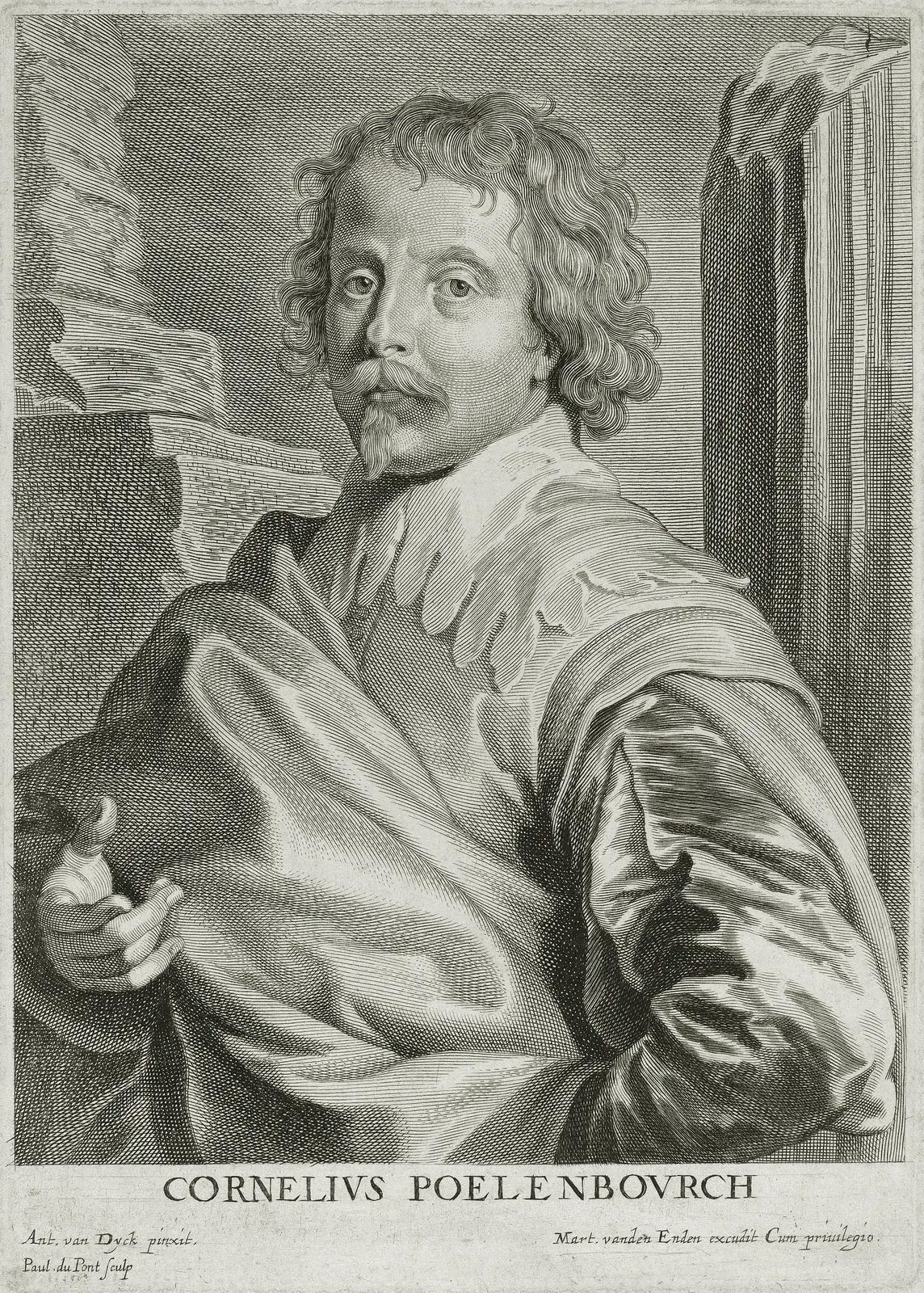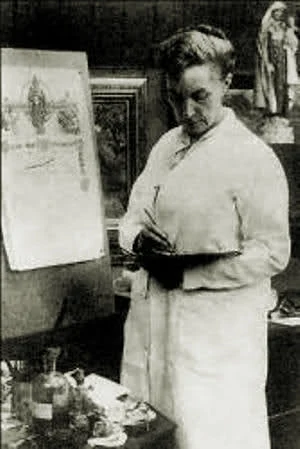A Dutch painter, well know for his landscape work, Cornelis van Poelenburgh (1586-1667) is mentioned as an artist who aspired towards styles of the masters, though this was praise, and not a belittling of his work. It is said that he strived to capture human figures as Raphael (1483-1520) the Italian master did and to paint landscapes as the Baroque master, Claude Lorrain did (1600-1688). These unique aspirations were also enhanced by an influence from the German born, Italian styled, innovator of landscapes, Adam Elsheimer (1578-1610).
Home » Tutti i post

Cornelis Van Poelenburgh | Dutch Golden Age Landscape painter

Hoàng Nam | Professional photographer
Photographs of a young Vietnamese photographer who’s artistic nickname is Hoangnamphoto are rather pleasurable.
He adores nature, landscapes and his Vietnam.
Thanks to his photos, we get to know this far away country, and the way that people live in it, but also we get to enjoy in the perfectly captured artistic side of it.

Paolo Fiammingo | Mannerist painter
Pauwels Franck known in Italy as Paolo Fiammingo and Paolo dei Franceschi (c. 1540 - 1596), was a Flemish painter, mainly of landscapes with mythological and religious scenes, who was active in Venice for most of his life.
He was likely born c. 1540 but his birthplace is not known. He became a member of the Antwerp Guild of Saint Luke in 1561. He is recorded in Venice from 1573 but was likely an assistant in Tintoretto’s workshop there already in the 1560s. He worked in Venice for the rest of his career. He opened a successful studio in Venice, which received commissions from all over Europe.

Gennaro Greco | Imaginary Architecture /Landscape painter
Gennaro Greco (1663-1714) also known as "Il Mascacotta", was an Italian painter of Figures, portraits, landscapes, landscapes with figures, architectural views, murals and veduta. Greco was a specialist in imaginary views (vedute ideate) showing architectural ruins.
Greco was born and worked in Naples.
He is described by Dalbono as a painter of views of mutilated ruins.

Edward Henry Potthast | Impressionist painter
Edward Henry Potthast (1857-1927) was an American Impressionist painter. He is known for his paintings of people at leisure in Central Park, and on the beaches of New York and New England.
Edward Henry Potthast was born on June 10, 1857 in Cincinnati, Ohio to Henry Ignatz Potthast and Bernadine Scheiffers.
Starting in 1870 he studied art at the McMicken School in Cincinnati and in 1873 he started working at the Strobridge Lithography Company.
From June 10, 1879 to March 9, 1881, Potthast studied under Thomas Satterwhite Noble, a retired Confederate Army captain who had studied with Thomas Couture in Paris.

Dirck van Delen | Architecture Fantasy painter
Dirck van Delen or Dirck Christiaensz van Delen (c.1605, Heusden - May 16, 1671, Arnemuiden) was a Dutch Golden Age painter who specialized in architectural painting.
According to the early artist biographer Arnold Houbraken, van Delen was born in Heusden. It is not clear with whom he apprenticed and both Frans Hals and Hendrick Aerts (who also specialized in architectural paintings) have been proposed as his masters. More plausible are studies under Pieter van Bronckhorst and/or Bartholomeus van Bassen in Delft.

Franz Christoph Janneck | Baroque painter
Franz Christoph Janneck (3 October 1703, Graz - 13 January 1761, Vienna) was an Austrian painter in the Baroque style.
He specialized in genre scenes, often with mythological themes, as well as some portraits, landscapes and religious works.

Eleanor Fortescue-Brickdale | Pre-Raphaelite painter
Eleanor Fortescue Brickdale (1871-1945) was a well respected illustrator and painter of her day. In 1896, she created a lunette titled Spring, which was used in the Royal Academy Dining Room. In 1902, she had the honor of becoming the first female member of the Institute of Painters in Oils. She illustrated many books such as Poems by Tennyson, 1905, W.M. Canton, Story of St. Elizabeth of Hungary, 1912, and Calthorp, A Diary of an 18th Century Garden, 1926, to name a few. In 1919, Eleanor Fortescue Brickdale's Golden Book of Famous Women was published by Hodder and Stoughton, which was a compilation of stories about some of the most famous women in history and legend as written by some of the most famous authors in history such as William Shakespeare, Lord Tennyson, Charles Dickens, Edgar Allan Poe and John Keats among others.
Although this book contains no introduction to explain whose inspiration it was to put the book together or who chose the content, it seems clear from the title that Brickdale must have been the mastermind behind it.
Iscriviti a:
Commenti (Atom)











